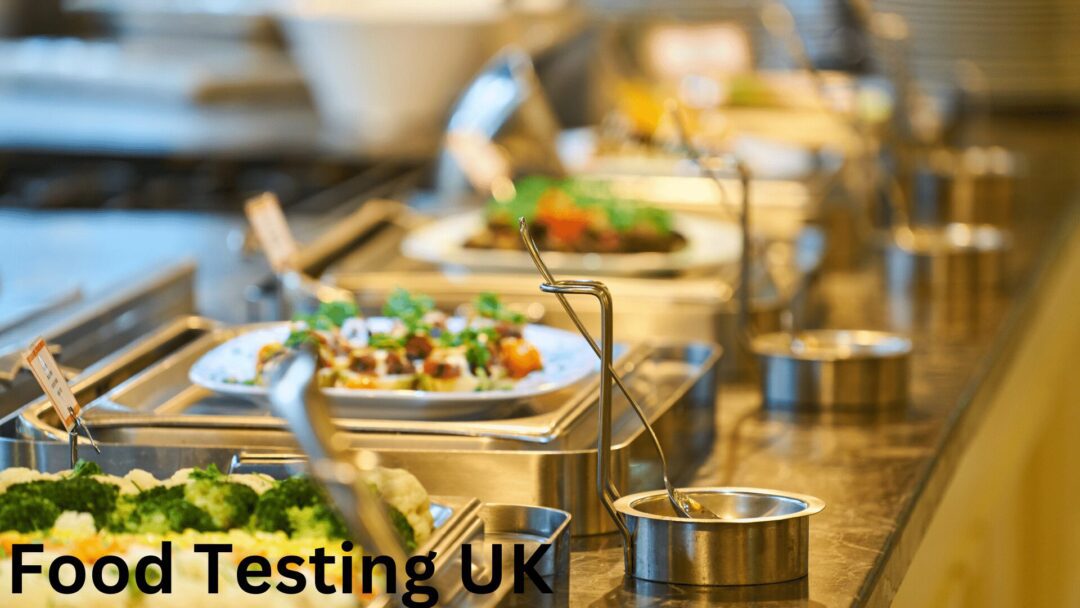
Food Testing is an important process in the production of Consumer Products. The American Society for Testing and Materials (ASTM) has developed a number of standards for food testing to ensure that the products are safe for consumption. In this blog, we will discuss the importance of food testing using ASTM standards.
Food testing is essential to ensure that food products are safe for human consumption. The process involves analyzing the food products to detect any contaminants, such as bacteria, viruses, or chemicals. This is particularly important for consumer products, as the safety of these products is critical to protecting the health and well-being of consumers.

The ASTM is an organization that develops and enforces technical standards for variety of products, including food products. These standards are designed to ensure that the products are safe, reliable, and of high quality. The ASTM has developed a number of standards for food testing to ensure that the products are safe for consumption.
The ASTM food testing standards cover a wide range of topics, including microbiological testing, chemical testing, and physical testing. Microbiological testing involves analyzing food products for the presence of bacteria, viruses, and other microorganisms. Chemical testing involves analyzing food products for the presence of harmful chemicals, such as pesticides, herbicides, and heavy metals. Physical testing involves analyzing food products for physical properties, such as texture, colour, and odor.
One of the most important ASTM food testing standards is the ASTM E178 standard for the microbiological examination of food products. This standard provides guidelines for the Microbiological Test of food products to detect the presence of bacteria, viruses, and other microorganisms. The standard includes methods for sampling, preparation, and analysis of food products.
Another important ASTM food testing standard is the ASTM E252 standard for the determination of arsenic in food products. This standard provides guidelines for the chemical testing of food products to detect the presence of arsenic, which can be harmful to human health. The standard includes methods for sample preparation, analysis, and reporting of results.
In addition to these standards, the ASTM has also developed standards for the physical testing of food products. The ASTM E1875 standard provides guidelines for the sensory testing of food products to assess their texture, colour, and odor. This standard includes methods for panel selection, training, and evaluation.
Food testing using ASTM standards is essential for ensuring that the products are safe for consumption. By following these standards, manufacturers can ensure that their products are of high quality and meet the safety requirements set by regulatory agencies. Consumers can also have confidence in the safety and quality of the products they are consuming.
In addition to ensuring safety, food testing using ASTM standards can also help manufacturers improve their products. By analyzing the results of the testing, manufacturers can identify areas where their products may be lacking and make improvements to address these issues. This can lead to the development of new and improved products that are safer, more reliable, and of higher quality.
Overall, food testing using ASTM standards is essential for ensuring the safety and quality of consumer products. By following these standards, manufacturers can ensure that their products are safe for consumption and meet the requirements set by regulatory agencies. Consumers can also have confidence in the safety and quality of the products they are consuming. The ASTM will continue to develop and update these standards to ensure that they reflect the latest scientific knowledge and technological advancements in the field of food testing.





No comment yet, add your voice below!